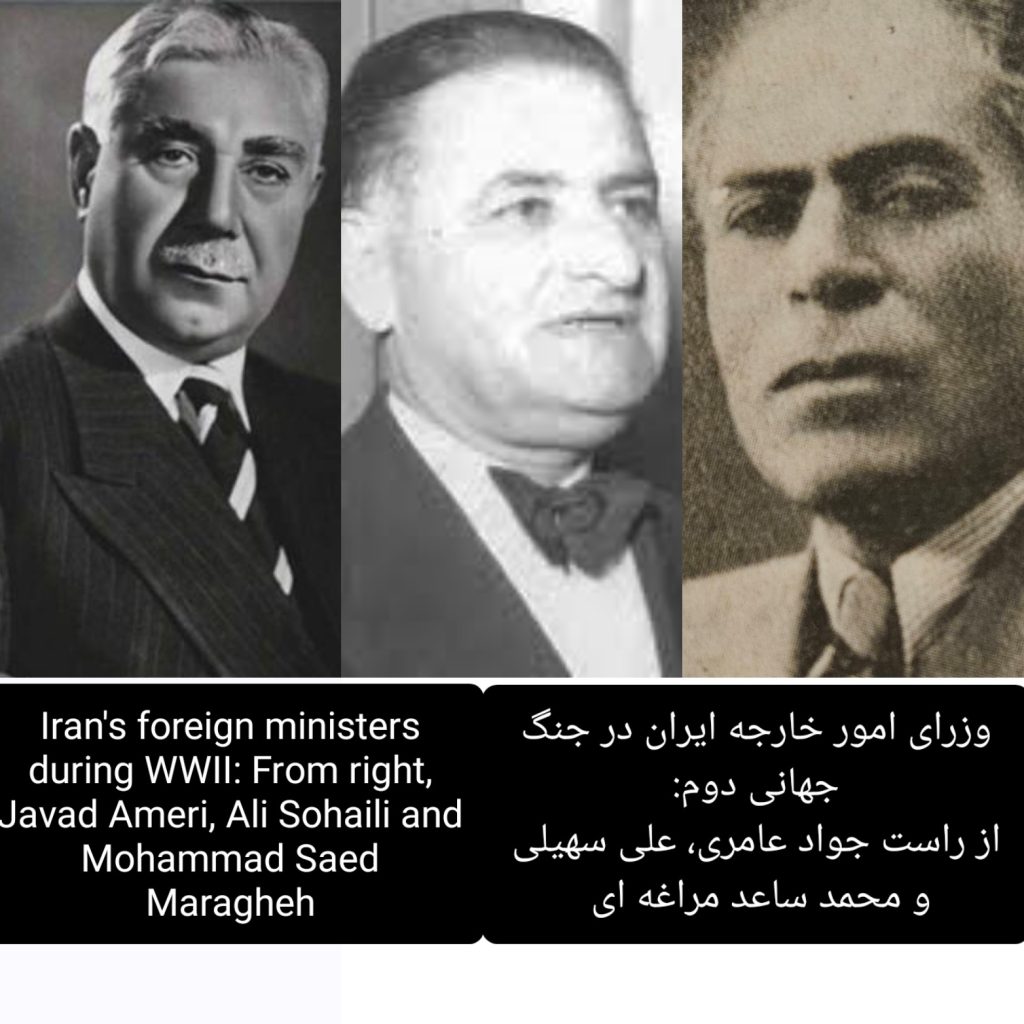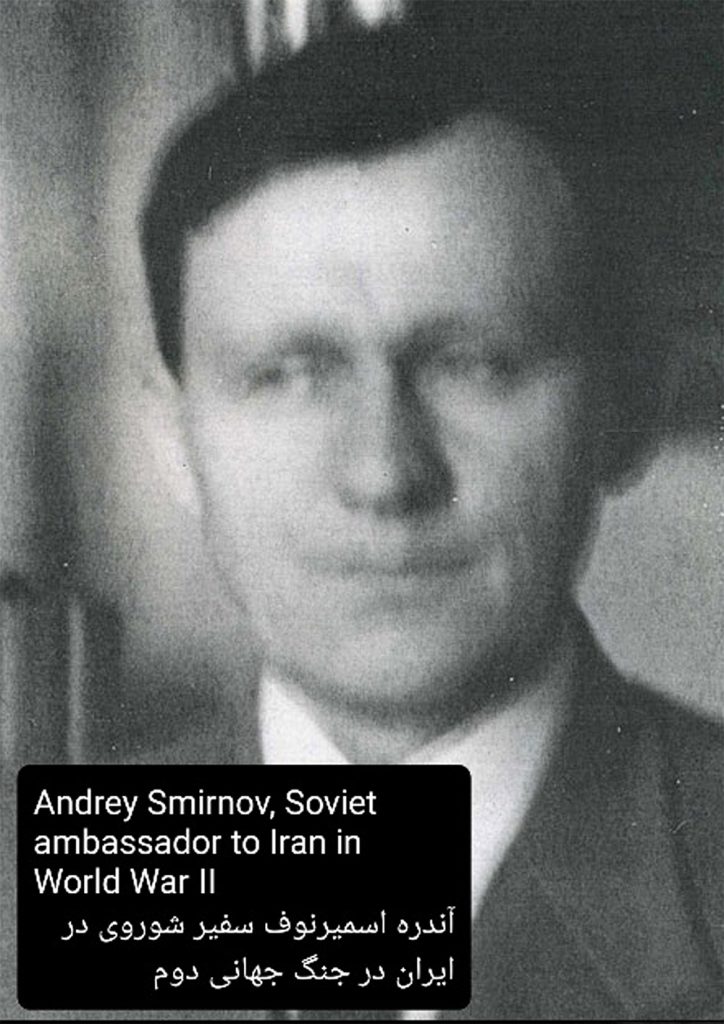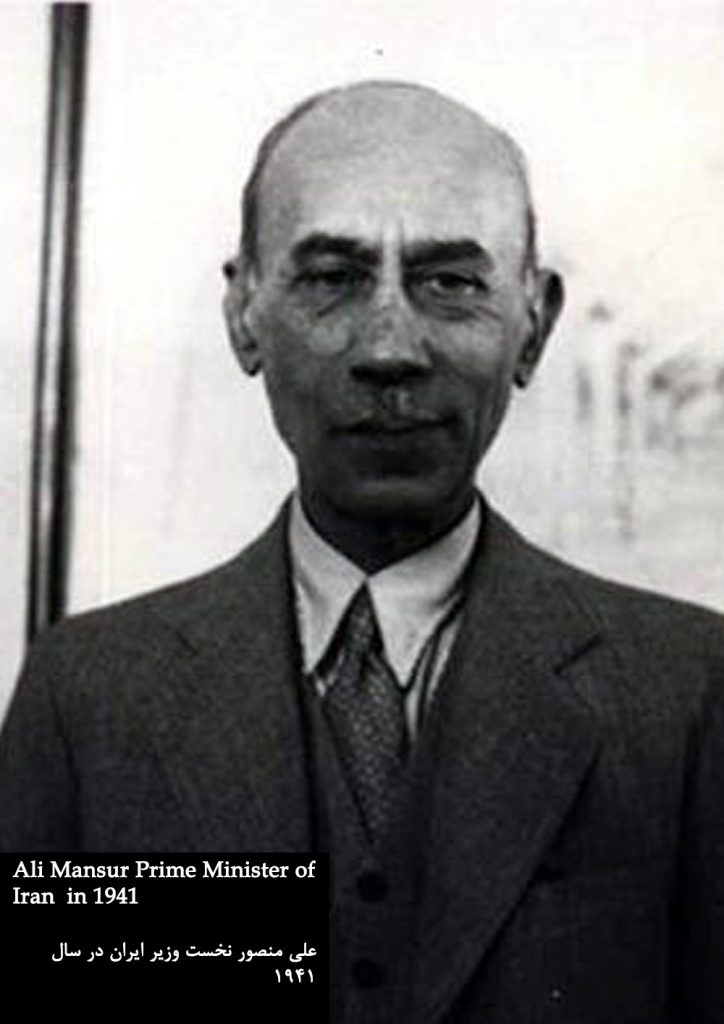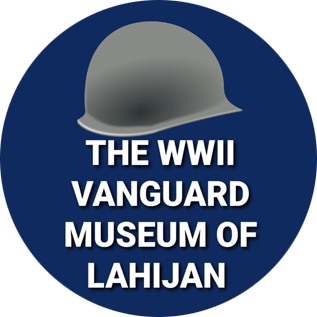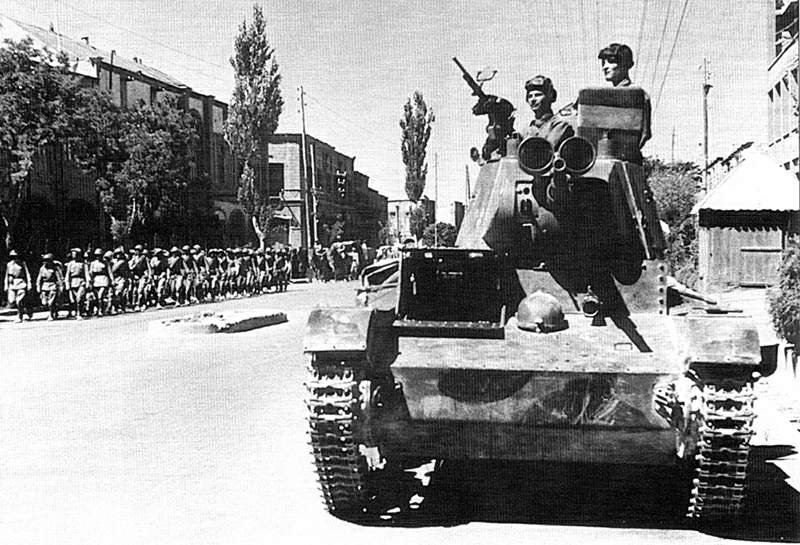
The invasion, codenamed Operation Countenance, occurred from August 25 to September 17, 1941. Its primary objective was to secure Iranian oil fields and establish Allied supply lines for the Soviets battling Axis forces on the Eastern Front. Operation Countenance was executed with minimal opposition from the Iranian forces, which were outnumbered and outmatched technologically. The coordinated invasion unfolded along Iran’s borders with the Kingdom of Iraq, Azerbaijan SSR, and Turkmen SSR, commencing on August 25 and concluding on August 31 with the Iranian government’s formal surrender, following a ceasefire agreement reached on August 30. The invasion of Iran stemmed from three primary motives:
1.German-Iranian relations in the 1930s

Hassan Esfandiary and Mussa Nuri Esfandiari, the Iranian ambassador to the German Reich, meeting Adolf Hitler
In 1936, the head of the Reichsbank and key figure in Nazi Germany’s financial apparatus visited Tehran, resulting in significant commercial agreements between the two nations. By 1939, Nazi Germany had dispatched over 7,500 racially charged books advocating for closer collaboration between Aryan Persians and Germans. Iranians were classified as “pure-blood Aryans” in 1936, exempting them from the Nuremberg Laws. German engineers also played a role in constructing Iran’s railways, with directives to exclude individuals of Jewish descent from employment. Hitler pledged to return Persian territories annexed by Russia if Germany triumphed over the Soviet Union. Amidst rising anti-Semitic sentiments, nightly broadcasts in Persian promoted Nazi propaganda, branding Iranian politicians critical of Germany as “Crypto-Jews.” Bahram Shahrukh, a German radio employee, fueled anti-Jewish sentiment with incendiary broadcasts, even suggesting reprisals for historical events like the Purim massacre. Swastikas adorned Jewish homes and businesses, reflecting a dark chapter of Iranian history. By 1939-1941, Germany emerged as Iran’s primary trading partner, facilitating vital sea and air communications with the global community.
2.Iranian oil fields
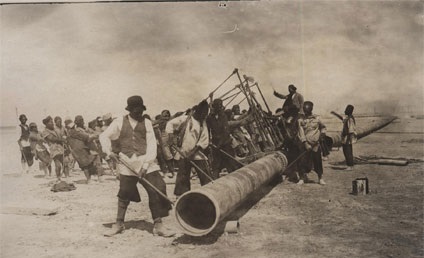
In 1901, William Knox D’Arcy, a millionaire London socialite, negotiated an oil concession with Mozaffar al-Din Shah Qajar of Persia. He financed this with capital he had made from his shares in the highly profitable Mount Morgan mine in Queensland, Australia. D’Arcy assumed exclusive rights to prospect for oil for 60 years in a vast tract of territory including most of Persia. In exchange, the Shah received £20,000 (£2.3 million today), an equal amount in shares of D’Arcy’s company, and a promise of 16% of future profits. 1933 agreement According to Daniel Yergin, “By the end of April 1933, a new agreement was finally forged. The concession area was reduced by three-quarters. Persia was guaranteed a fixed royalty of four shillings per ton, which protected it against fluctuations in oil prices. At the same time, it would receive 20 percent of the company’s worldwide profits that were actually distributed to shareholders above a certain minimum sum. In addition, a minimum annual payment of £750,000, irrespective of other developments, was guaranteed. The royalties for 1931 and 1932 were to be recalculated on a new basis, and the ‘Persianization’ of the workforce was to be accelerated. Meanwhile, the duration of the concession was extended from 1961 to 1993.” By 1950, Abadan had become the world’s largest refinery.
3.The Persian Corridor

On the 22nd of June 1941, Adolf Hitler launched Operation Barbarossa, Germany’s invasion of the Soviet Union. It was the beginning of a campaign that would ultimately decide the Second World War. At first, the Germans enjoyed stunning success, the panzers forged ahead, while the Luftwaffe ruled the skies. Britain and The Soviet union found a common enemy. The Persian Corridor was a supply route through Iran into Soviet Azerbaijan by which British aid and American Lend-Lease supplies were transferred to the Soviet Union during World War II. Of the 17.5 million long tons of US Lend-Lease aid provided to the Soviet Union, 7.9 million long tons were sent through Iran.
The Invasion of Iran

The Royal Navy and Royal Australian Navy attacked from the Persian Gulf, while other British Commonwealth forces came by land and air from Iraq. The Soviet Union invaded from the north, mostly from Transcaucasia, with the 44th and 47th armies of the Transcaucasian Front (General Dmitry Timofeyevich Kozlov), and the 53rd army of the Central Asian Military District, occupying Iran’s northern provinces. Air Force and naval units also participated in the battle. The Soviets used about 1,000 T-26 tanks for their combat operations. Six days after the invasion and the ensuing Allied occupation of southern Iran, the British divisions previously known as “Iraq Command” (also known as Iraqforce) were renamed “Persia and Iraq Force” (Paiforce), under the command of Lieutenant-General Edward Quinan. Paiforce was made up of the 8th and 10th Indian Infantry divisions, the 2nd Indian Armoured Brigade, the 4th British Cavalry Brigade (later renamed 9th Armoured Brigade) and the 21st Indian Infantry Brigade.
Soviet command
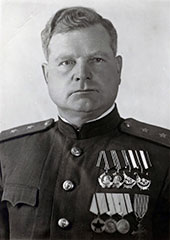

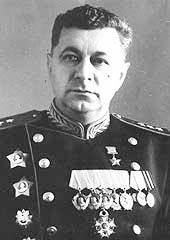
Soviet commanders in the invasion of Iran: General Dmitry Timofeyevich Kozlov General Sergei Trofimenko
Overview of Soviet Command Structure During World War II
Dimitry Kozlovs 47th and 44th army Invading from Nakhjavan, Azerbijna SSR:
17th mountain cavalry
20th mountain infantry division
77th mountain infantry division
3rd Infantry Division
6th Infantry Division
54th armored division
76th Infantry Division
236 Division
Sergey Trofimenko 53rd Army Invading from Turkmenistan SSR:
20th cavalry division ( in reserve)
83rd Infantry Division
47 infantry corps including 18th and 44th cavalry divisions
120,000 Soviet forces VS 37,000 Iranian forces in the North.
British command


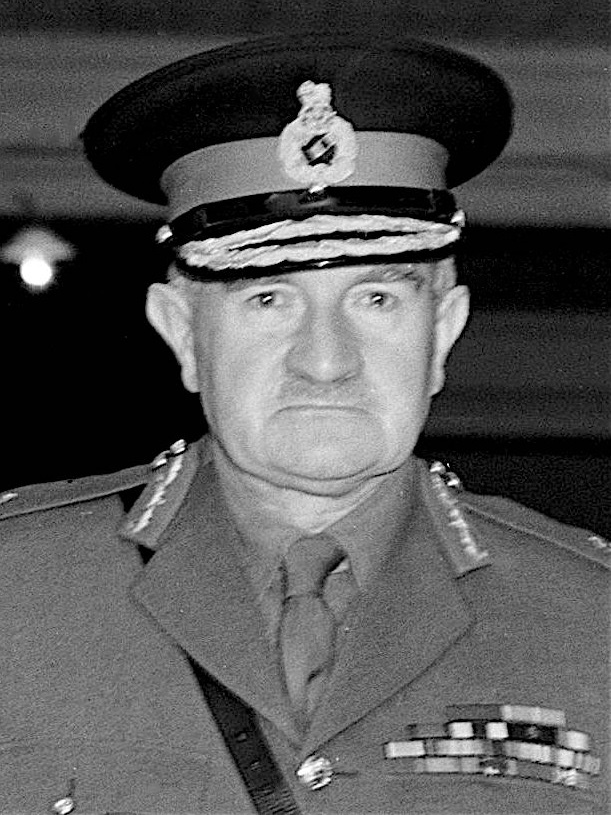
British commanders in the invasion of Iran: General Sir Edward Pellew Quinan Field Marshal William Joseph Slim
British forces from the south and south west:
10th Indian division under command of William Slim
9th Armored division and 2nd Indian Armored brigade under command of John Islewood.
Iranian command

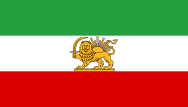
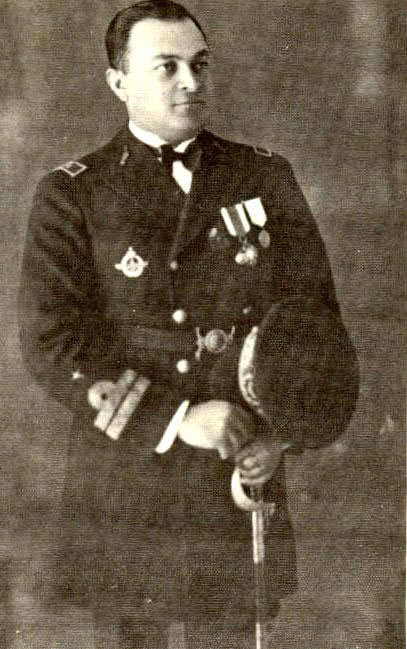
Iranian commanders in August 1941:
Gholamali Bayandor December 13, 1898 – August 25, 1941) was an Iranian naval officer and the Commander of the Imperial Iranian Navy from 1931 to August 25, 1941, and was killed during the Anglo-Soviet invasion of Iran. He was born in Tehran to ancestors from the Bayandur tribe.
He led the men defending Iranian coasts at Khorramshahr and was killed in action, dying a described “gallant death”. Commodore Cosmo Graham who served as the Royal Navy’s Senior Naval Officer, in the Persian Gulf wrote that “his death was regretted by all who knew him. He was intelligent, able, and faithful to Persia.”
Ahmed Nakhichevan was an Iranian military leader, major general, and Defense Minister (September 13, 1893 – April 28, 1966)
In 1940, he became the acting Minister of War in Ahmad Matin’s cabinet, and in 1940, he was promoted to the rank of Major General. Nakhchivan was under the auspices of the Ministry of War until September 29, 1941, at the same time as the Soviet and British forces invaded Iran, and approved the plan to dismiss conscripts and recruit contract soldiers to members of the Supreme Army Council.
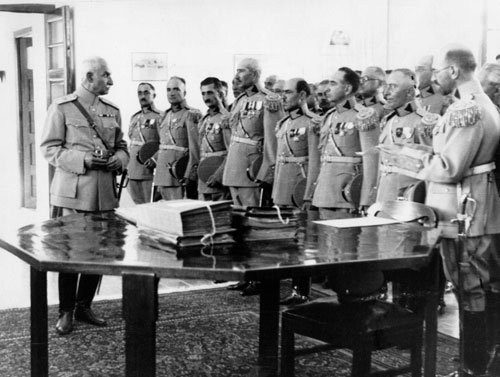
Reza Shah the king of Iran meeting officials in Saadabad Palace, 1940
Iranian divisions on Shahrivar 3, 1320 (August 25, 1941): Divisions 1 and 2 under the command of Major General Bozorgmehr and Major General Naqdi in Tehran Division 3 Tabriz under the command of Major General Matbouei Division 4 Rezaieh (Urmia) under the command of Major General Moeini Division 5 Kurdistan under the command of Major General Moghadam Division 6 Khuzestan under the command of Major General Shahbakhti Division 9 Khorasan under the command of Major General Mohtashami Division 10 Gorgan under the acting command of Colonel Motezedi Division 11 Gilan under the command of Brigadier General Ghadar Division 12 Kermanshah under the command of Brigadier General Pourya Division 15 Ardabil under the command of Brigadier General Ghaedari Division 17 Khoy (under the supervision of Major General Moeini, commander of Division 4 Rezaieh) Division 18 Torbat Jam under the command of Colonel SarTipi
The Iranian army

The Iranian army was armed with the vz. 24 rifle, a Czech version of the German Mauser. Iranian troops also had other Czech small arms like the ZB vz. 30 and ZB-53. Iran had bought 100 FT-6 and CKD TNH light tanks as well as some AH-IV tankettes and additional LaFrance TK-6 armored cars, enough to outfit their 1st and 2nd divisions. Further Iranian orders had been delayed by World War II. While it was a large order and they were excellent tanks, they were not enough to defeat a multi-front invasion by two great powers. The changing nature of tank warfare in the 1930s made all but 50 of them obsolete when the invasion began. The Imperial Iranian Air Force at the time flew a motley collection of outdated biplanes, including aircraft from the Hawker Hart family such as the Hawker Fury as well as French aircraft such as the Bréguet 14, Bréguet 19, Potez VIII, and Blériot-SPAD S.42. They also had at the time some aircraft made by Polikarpov, although not the modern ones such as the Airco DH.4, Airco DH.9, and the original Polikarpov R-5. Soviet and British soldiers rendezvous near Qazvin. The Iranians had little time to organize a defense, as the Allies achieved a tactical surprise war that began in the early morning hours of 25 August, when RAF aircraft entered Iranian airspace. They bombed targets in the cities of Tehran, Qazvin, and various other towns and dropped leaflets urging the Iranians to surrender. The Soviets bombed targets in cities such as Tabriz, Ardabil, and Rasht. Civilian and residential areas were hit, and several hundred people were killed and wounded. Reza Shah refused requests by his generals to destroy the road and transportation networks, largely because he did not want to damage the infrastructure that he had painstakingly built during his reign. That contributed to the speedy victory of the Allies.

The VZ24 bolt action rifle used by Iranian forces during WW2

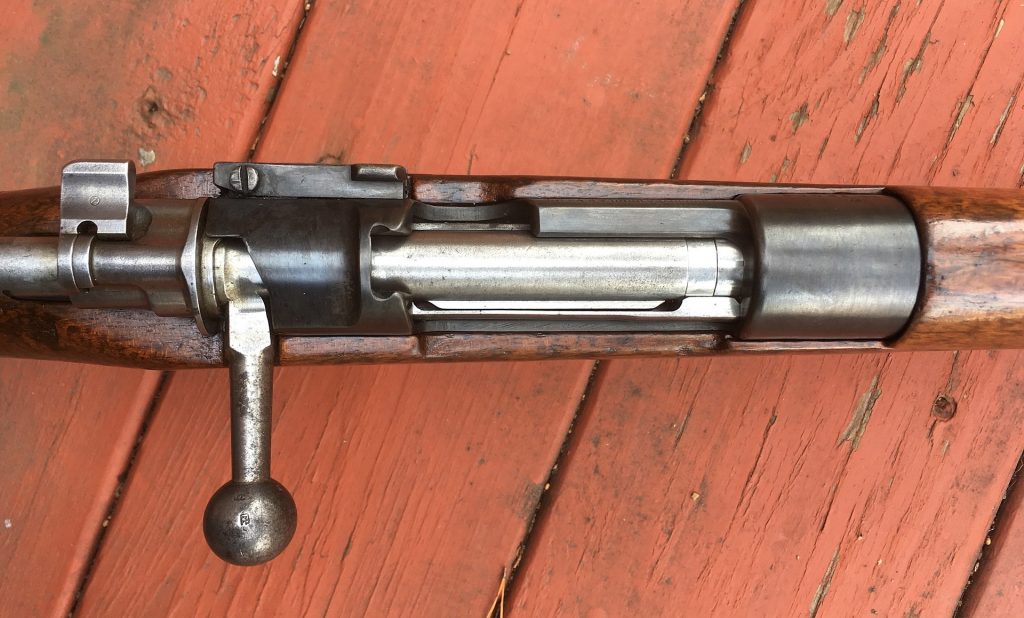
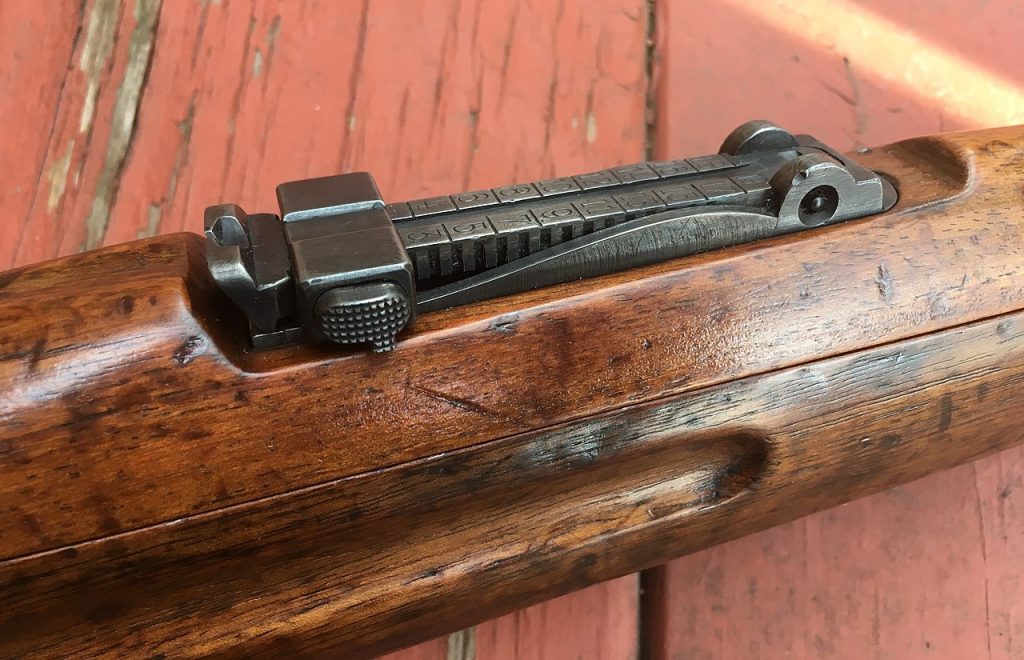
Results of the Invasion

British and Soviet officers inspect troops, in preparations to the Joint Soviet-British military parade in Tehran. Iran, September 1941.
By 28–29 August 1941, the Iranian military situation was in complete chaos. The Allies had complete control over the skies of Iran, and large sections of the country were in their hands. Major Iranian cities (such as Tehran) were suffering repeated air raids. In Tehran itself, the casualties had been light, but the Soviet Air Force dropped leaflets over the city, warning the population of an upcoming massive bombing raid and urging them to surrender before they suffered imminent destruction. Tehran water and food supply had faced shortages, and soldiers fled in fear of the Soviets killing them upon capture. Faced with total collapse, the royal family (except the Shah and the Crown Prince) fled to Isfahan. The collapse of the army that Reza Shah had spent so much time and effort creating was humiliating. Many of the military generals had behaved incompetently or secretly sympathised with the British and ended up sabotaging the Iranian resistance. The army generals met in secret to discuss surrender options. When the Shah learned of the generals’ actions, he beat the head of the armed forces General Ahmad Nakhjavan with a cane and physically stripped him of his rank. He was nearly shot by the Shah on the spot, but at the insistence of the Crown Prince, he was sent to prison instead. The Shah ordered the resignation of the pro-British Prime Minister Ali Mansur, whom he blamed for demoralising the military. He was replaced with Mohammad Ali Foroughi, a former prime minister. The Shah ordered the Iranian military to end resistance and order a ceasefire. He entered into negotiations with the British and Soviets.
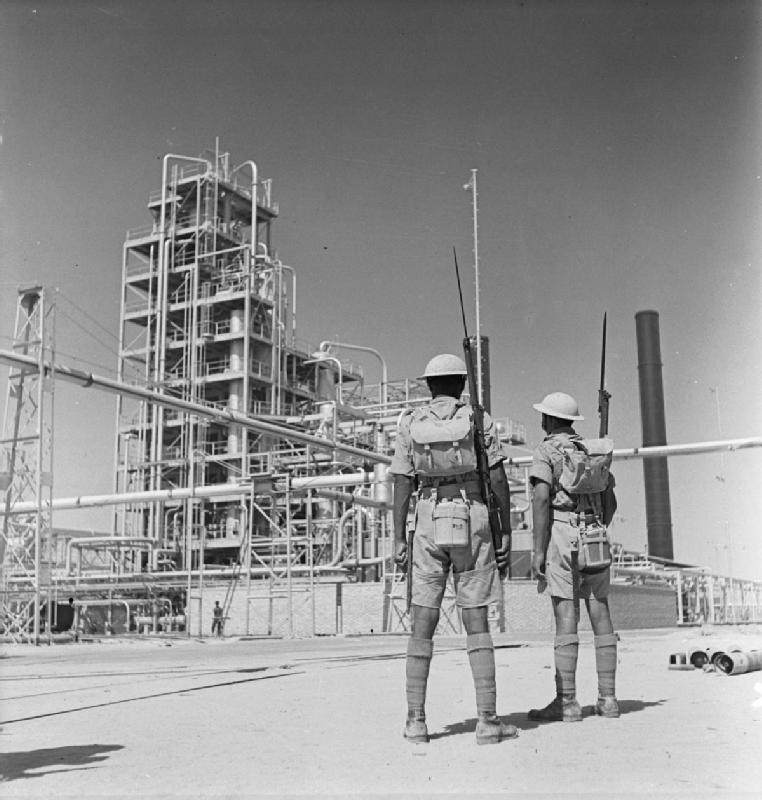
Indian troops guarding the Abadan Refinery in Iran, 4 September 1941
In response to the Shah’s defiance, the Red Army on 16 September moved to occupy Tehran. Fearing execution by the communists, many people (especially the wealthy) fled the city. Reza Shah, in a letter handwritten by Foroughi, announced his abdication, as the Soviets entered the city on 17 September. The British wanted to restore the Qajar dynasty to power because they had served British interests well prior to Reza Shah’s reign. However, the heir to the throne, Hamid Hassan Mirza, was a British citizen who spoke no Persian. Instead, with the help of Ardeshir Reporter, Crown Prince Mohammad Reza Pahlavi took the oath to become the Shah of Iran. Reza Shah was arrested before he was able to leave Tehran, and he was placed into British custody. He was exiled as a British prisoner to British Mauritius for 7 months, before being sent to South Africa, where he died in 1944. The Allies withdrew from Tehran on 17 October and Iran was partitioned between Britain and the Soviet Union for the duration of the war, with the Soviets stationed in northern Iran and the British south of Hamadan and Qazvin.

The Persian Corridor became the route for a massive flow of supplies (over 5 million tons of matériel) to the Soviet Union and also the British in the Middle East. At the end of August 1942, German intelligence agents spread leaflets in Tabriz and other cities; an underground fascist organization called Melnune Iran, was founded. Agents of Melnune Iran instigated anti-government protests in the Lake Urmia region. The Bakhtiari and Qashqai peoples carried out armed resistance against the new government.

Photo of two Iranian soldiers 1930s

Iranian soldiers training with a machine gun 1930s
The Establishment and Decline of the Imperial Iranian Navy: A Historical Overview
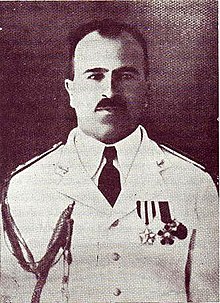


In the early 20th century, Iran embarked on a significant naval expansion under the leadership of Admiral Bayandor. Established in 1932, the Imperial Iranian Navy was born from a vision to modernize and strengthen the country’s maritime capabilities. This ambitious endeavor was marked by the acquisition of advanced vessels and the establishment of key naval infrastructures. Early Development and Modernization The nascent Navy began with two vessels, the Homa and the Shahin. These initial ships were the cornerstone of a broader strategic plan that saw the acquisition of additional ships from Italy. By 1932, the Navy had embarked on the construction of a new fleet of modern ships, reflecting a commitment to advanced naval technology. Officers and sailors were sent to Italy for specialized training, ensuring that the Iranian Navy would not only be equipped with cutting-edge vessels but also with a highly skilled personnel base. The early structure of the Navy included the establishment of command offices, a naval school, and repair facilities located in Khorramshahr. This city served as the main operational base, positioning the Navy to exert influence and control over key maritime routes and regional waters. The Southern Fleet, primarily stationed in Khorramshahr, boasted an array of vessels, including larger ships such as the Babr and Palang, as well as smaller patrol boats. Concurrently, the Northern Fleet operated in the Caspian Sea, with its base at Bandar Pahlavi, featuring smaller vessels like the Nahid and Babolsar. The Navy also established coastal defense batteries and support units across strategic locations, enhancing its defensive and operational capabilities. The Impact of World War II The outbreak of World War II marked a turning point for the Imperial Iranian Navy. On August 25, 1941, British forces launched a surprise attack on Khorramshahr and Abadan, initiating a series of events that would significantly impact the Iranian Navy. Despite Iran’s neutral stance in the conflict, suspicions of German influence led to an Allied invasion. The Iranian Navy, unprepared for such a sudden assault, faced a dire situation. Many of its ships, including the Palang, were destroyed in the attack, leading to a near-total annihilation of the Southern Fleet. Admiral Bayandor: A Legacy of Leadership Admiral Bayandor, a pivotal figure in the establishment and early development of the Imperial Iranian Navy, faced the tragic consequences of the British invasion. His leadership had been instrumental in modernizing the Navy and building its capabilities from the ground up. Under his guidance, the Navy had transitioned from its initial stages to a formidable maritime force, capable of defending Iran’s interests and asserting its presence in regional waters. Bayandor’s death in 1941 was a profound loss to the Iranian naval forces. Having led the Southern Fleet through a period of substantial growth and modernization, his passing marked the end of an era for the Imperial Iranian Navy. The challenges faced during World War II and the subsequent destruction of the Navy underscored the volatile nature of global conflict and the complexities of maintaining a robust naval presence.
